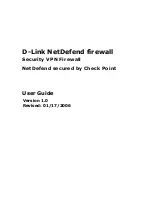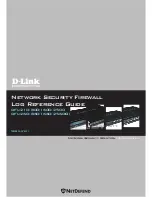
Americas Headquarters
Cisco Systems, Inc.
170 West Tasman Drive
San Jose, CA 95134-1706
USA
http://www.cisco.com
Tel: 408
526-4000
800 553-NETS (6387)
Fax: 408
527-0883
Cisco Catalyst Blade Switch 3130 and
3032 for Dell Software Configuration
Guide
Cisco IOS Release 12.2(52)SE
October 2009
Text Part Number: OL-12247-04
































